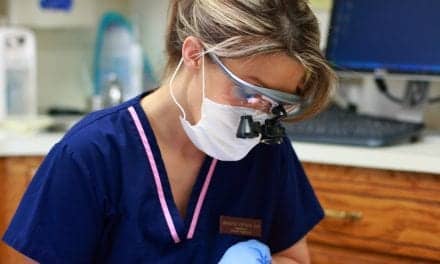The Defense and Veterans Brain Injury Center has released new clinical recommendations and support tools to assist in the identification and treatment of a sleep disturbance occurring in patients after a concussion (mild traumatic brain injury or mTBI). The suite of products assists healthcare providers in the identification of a sleep problem and provides recommendations for its treatment.
“Sleep disorders are common after a person sustains a concussion,” says Col Sidney Hinds II, MD, Defense and Veterans Brain Injury Center’s, or DVBIC’s, national director, in a release. “The prompt identification and treatment of sleep disorders are an important part of the recovery process for concussion. Sleep is critical to the brain’s healing and recovery processes. Research shows that if sleep is regular and adequate, restorative processes are promoted.”
Since 2000, more than 300,000 US service members have sustained a traumatic brain injury.
Common sleep disorders associated with traumatic brain injury include insomnia, circadian rhythm sleep wake disorder, and obstructive sleep apnea. Insomnia is the most common sleep disturbance after concussion.
The new Management of Sleep Disturbances Following Acute Concussion/Mild TBI Clinical Recommendations suite is composed of clinical recommendations, a clinical support tool, a provider education slide deck, and a patient education fact sheet.
“These clinical recommendations advise that all patients with concussion symptoms should be screened for the presence of a sleep disorder,” says US Public Health Service Capt Cynthia Spells, DVBIC’s clinical affairs officer. “Patients should be asked if they are experiencing frequent difficulty in falling or staying asleep, excessive daytime sleepiness, or unusual events during sleep. The initial step in the diagnosis of a sleep disorder includes a focused sleep assessment.”
Nonpharmacological measures to treat insomnia that focus on stimulus control and good sleep hygiene are the preferred methods of treatment. Short-term use of sleep medication may be necessary in addition to these measures if they are not effective by themselves.
Spells said stimulus control means controlling your environment to help promote sleep. Examples of stimulus control measures include relaxing before bedtime, going to bed only when sleepy, getting out of bed when unable to sleep, removing electronics (TV, smart phone, computer) from the bedroom, and using the bedroom only for sleep and intimacy.
Sleep hygiene habits include avoiding caffeine and other stimulants close to bedtime, daily physical activity but not exercising close to bedtime, arising at the same time every morning, getting natural light exposure every day, and avoiding alcohol, nicotine, and large meals close to bedtime.
Spells said the new sleep disturbance clinical recommendations and support tool product suite was developed by the Department of Defense in collaboration with the Department of Veterans Affairs and civilian medical professionals.
“Although tailored for the military and VA healthcare systems, these recommendations may be used by civilian healthcare providers treating concussion-associated sleep disorders,” Spells says. “Many service members and veterans, especially those serving in the National Guard and Reserve, receive care from civilian healthcare specialists.”
DVBIC serves as the Department of Defense subject matter expert on TBI and manager of the TBI pathway of care.




